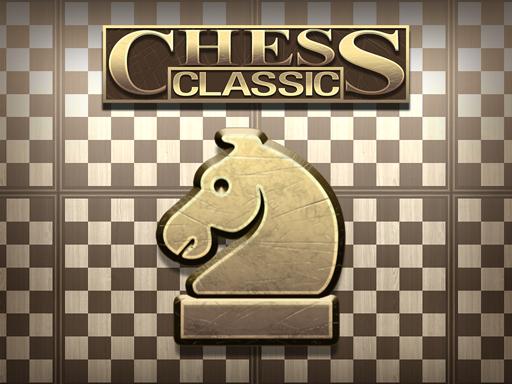
Chess Classic
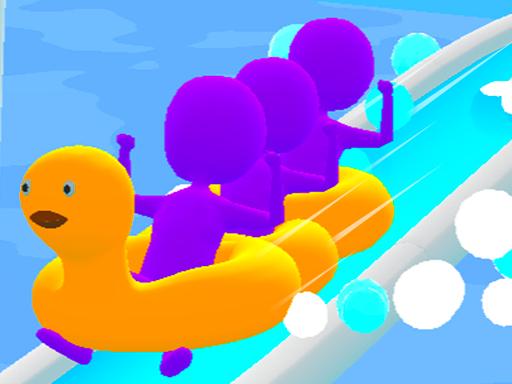
Runner Coaster
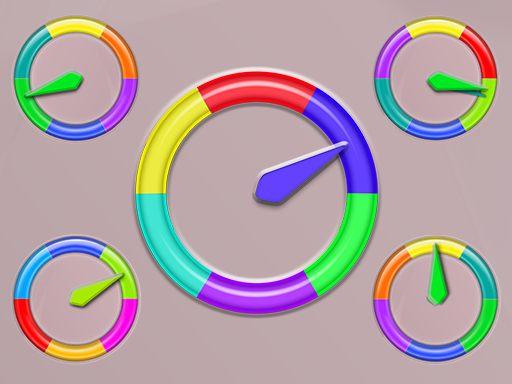
Color Wheel
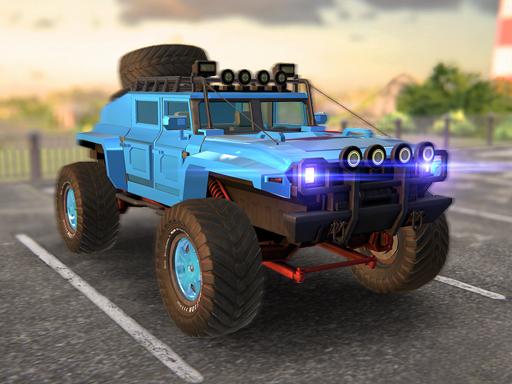
Off Road 4×4 Jeep Simulator
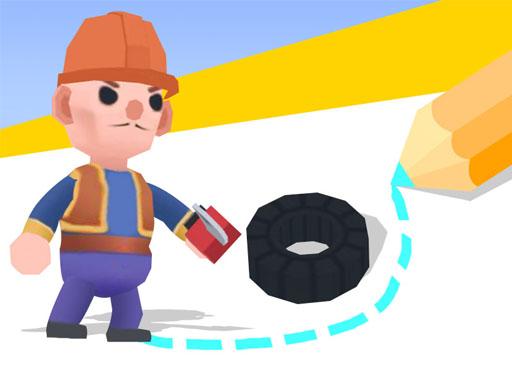
Draw To Kill
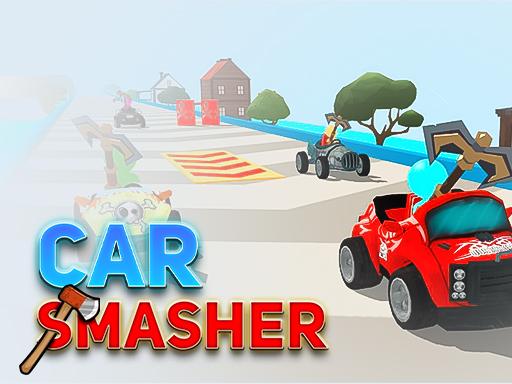
Car Smasher! Upgrade & Customize Hyper Casual Game
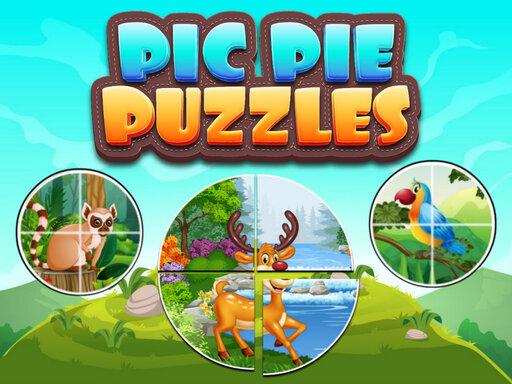
Pic Pie Puzzles

Fruits Mahjong
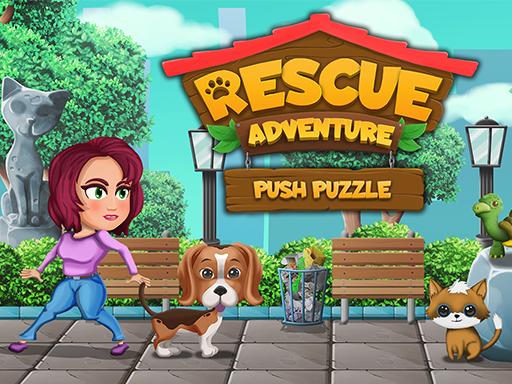
Push Puzzle Rescue Adventure

ROD Multiplayer Car Driving
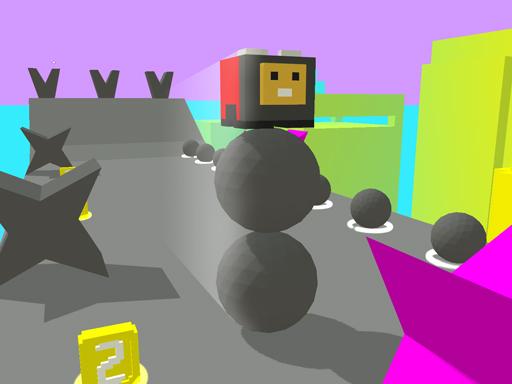
Stack Fire Rider 3D
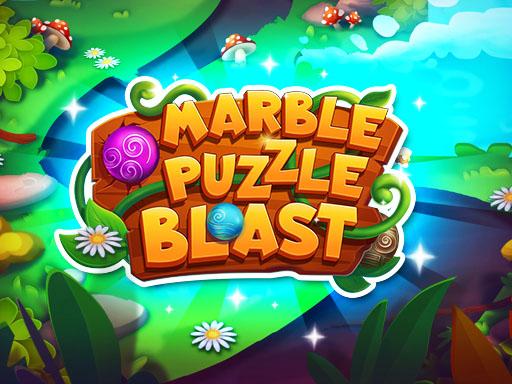
Marble Puzzle Blast

Fallen Balls
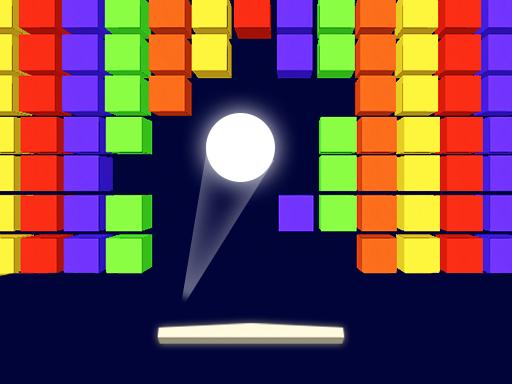
Brick Game 3D

Grand Theft NY

Physics Box

Boom Battle Arena

Society FPS
Introduction and How to Play “Physics Box”
“Physics Box” is a captivating and challenging puzzle game that revolves around solving physics-based problems to clear obstacles and guide objects to their targets. Players need to use their understanding of physics to manipulate boxes, levers, ramps, and other elements within the game environment to achieve the desired outcome. The game combines logic, problem-solving, and creativity, offering a unique and enjoyable experience for fans of physics-based puzzle games.
The objective of “Physics Box” is simple: help various objects reach their targets or achieve specific goals by applying basic physics principles such as gravity, momentum, and force. As you progress through the game, the puzzles become more intricate, requiring players to think critically and use their resources wisely.
How to Play “Physics Box”
- Getting Started: When you first start “Physics Box,” you’re introduced to the basic mechanics and interface. You will typically start with a simple tutorial or a few beginner levels that teach you the core mechanics of the game—manipulating boxes and other objects to solve puzzles. The tutorial will cover how to move objects, interact with the environment, and use tools available to you.
- Objective of the Game: The main goal in “Physics Box” is to solve puzzles by strategically moving and interacting with boxes or other objects. Each level presents a different set of challenges where the player must ensure that certain objects reach designated targets, clear obstacles, or fall into specific places. Sometimes, this requires creating ramps, stacking boxes, or using physics elements to move objects efficiently.
- Basic Gameplay Mechanics:
- Moving and Placing Boxes: The primary mechanic of the game involves dragging, dropping, and placing boxes or objects onto the screen. You can move and stack them in such a way that they interact with other elements like buttons, ramps, and platforms.
- Leveraging Gravity: Gravity plays a key role in the game. Boxes can fall, slide, or bounce when affected by gravity, and players must plan their moves accordingly to ensure they land in the correct position.
- Manipulating Other Objects: Aside from boxes, the game often includes other physics-based items like balls, levers, wheels, and springs. These objects must be strategically used in combination with boxes to solve puzzles.
- Environmental Interactions: You will also encounter obstacles like walls, platforms, and gaps that you need to navigate around. Using the right combination of actions, such as creating a path or triggering mechanisms, will help you complete each level.
- Level Progression and Difficulty:
- Increasing Complexity: As you progress through the game, the levels become more complex. Initially, puzzles are relatively straightforward, requiring basic object manipulation. However, later levels may introduce additional elements like timed switches, moving platforms, and more complex physics interactions.
- New Tools and Mechanics: As the game advances, new tools or mechanics might be introduced. These could include items like springboards, magnets, or even explosions, which change the way you approach each puzzle.
- Multiple Solutions: Some levels offer more than one way to solve the puzzle, allowing players to experiment and find their preferred method. This can involve different combinations of objects, angles, and physics forces to achieve the goal.
- Scoring and Rewards:
- Stars or Points: Many levels in “Physics Box” are scored based on the efficiency and speed with which you solve the puzzle. The faster and more precisely you complete a level, the more stars or points you will earn. Achieving three stars on each level may unlock additional rewards or allow you to progress to harder stages.
- Unlockables: Completing certain challenges or levels may unlock new skins, objects, or tools that can help you in subsequent puzzles. These unlockables serve as incentives to keep progressing and experimenting with new strategies.
- Power-ups and Boosters:
- Tools and Items: Some versions of the game may provide special items or power-ups that can be used during a puzzle. These might include things like extra time, hints, or even the ability to undo a move. These power-ups can be used strategically to help solve particularly tricky puzzles or achieve a higher score.
- Hints: If you’re stuck on a level, you can use a hint to reveal potential solutions. This can be useful for getting past difficult levels but may be limited in quantity, requiring you to use them sparingly.
- Physics Elements and Challenges:
- Gravity and Motion: Physics-based elements like gravity, momentum, and inertia play a huge role in how objects interact within the game. Understanding how different objects move and react to forces is key to solving puzzles.
- Balance and Stacking: Some levels will require you to carefully stack objects in a certain order to maintain balance or to trigger other mechanisms. You’ll need to calculate weight distribution and leverage physics to ensure stability.
- Elasticity and Bouncing: In some cases, objects may bounce or roll when they hit the ground or other surfaces. You’ll need to use these properties to guide objects to specific locations or trigger certain events.
- Graphics and Visuals:
- Simple and Clean Design: The graphics in “Physics Box” are typically simple and minimalist, focusing on the clarity of the physics mechanics rather than on intricate visuals. This ensures that the puzzles are the main focus and that the gameplay remains accessible.
- Smooth Animations: Despite its simple design, the game features smooth animations that make interactions with objects feel realistic. Objects bounce, fall, and slide in response to player input, making the physics aspect of the game engaging and satisfying.
- Intuitive User Interface: The game’s interface is designed to be intuitive, allowing players to easily understand what’s going on and make quick decisions. The controls for moving, placing, and interacting with objects are responsive and easy to use.
- Tips for Success:
- Think About Physics: Before making any moves, think about how gravity, momentum, and friction will affect the objects in the level. Understanding these principles can help you predict how objects will move and react.
- Experiment with Different Strategies: Some puzzles can be solved in multiple ways, so experiment with different approaches to see what works best. Try using fewer objects or moving things in unconventional ways.
- Use the Environment: Don’t be afraid to make use of the environment. Walls, slopes, and other objects may be used to bounce or redirect objects, helping you solve puzzles in creative ways.
- Start Simple, Then Build Complexity: Break down complex puzzles into simpler parts. Focus on solving one piece of the puzzle at a time, rather than trying to solve everything all at once.
- Why You Should Play “Physics Box”
“Physics Box” offers an excellent mix of fun and brain-teasing puzzles that are perfect for players who enjoy thinking critically and solving problems. With its straightforward gameplay mechanics, increasingly complex levels, and clever use of physics principles, the game provides a satisfying challenge that keeps players coming back for more. Whether you’re a fan of puzzle games, physics simulations, or just enjoy a good mental workout, “Physics Box” offers an engaging and rewarding experience.
Conclusion
“Physics Box” is an enjoyable and challenging puzzle game that tests your understanding of physics and your ability to think outside the box. With its realistic physics-based puzzles, clean visuals, and clever mechanics, it’s an excellent choice for fans of logic and puzzle games. As you progress through the levels, you’ll encounter increasingly complex challenges that require creativity, strategy, and a solid understanding of the principles of physics. Whether you’re a casual player looking for a fun way to pass the time or a dedicated puzzle solver, “Physics Box” offers a fulfilling gaming experience.
Instructions
It is played with the mouse.

New Years miracles! Connect the balls!

Join Blocks 2048 Number Puzzle

Fallen Balls

Car Smasher! Upgrade & Customize Hyper Casual Game
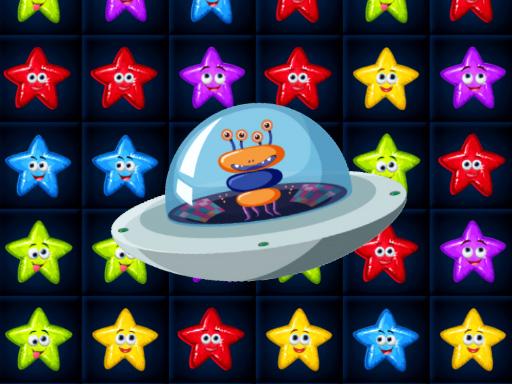
Alien Home Block collapse
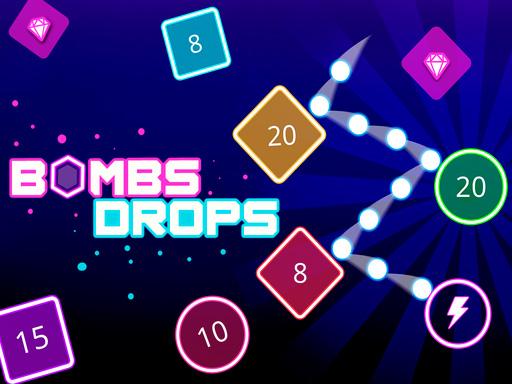
Bombs Drops Physics balls

Rope Collect Rush

Christmas Blocks

Chess Classic

ROD Multiplayer Car Driving
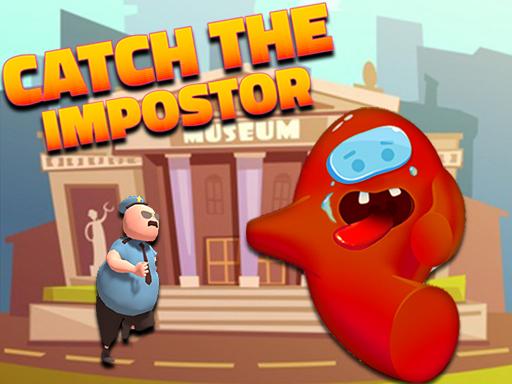
Catch The Impostor
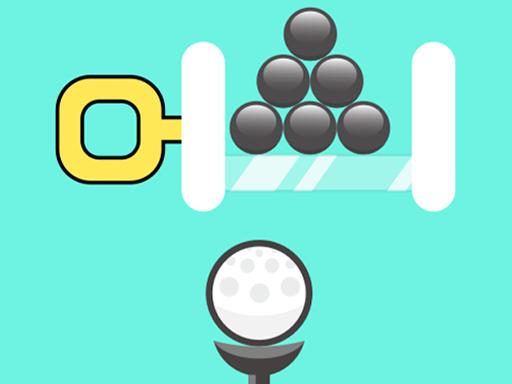
Golf Pin

Corona Airplanes Hidden

Flappy Copter

Birds Link

Color Wheel

Draw To Kill






